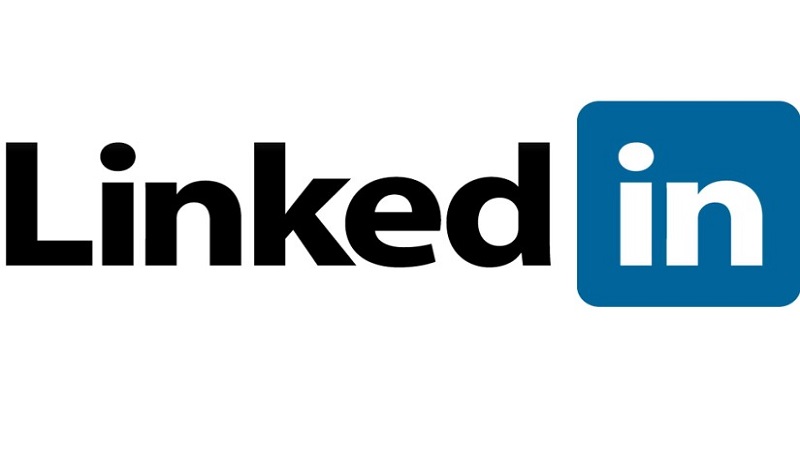Three Psychological Pitfalls Marketers Should Avoid In 2021
By Norman Guadagno, CMO, Acoustic
A year in quarantine has changed consumer psychology and the rules of engagement for marketers. From dealing with isolation to significant economic uncertainty, it is no surprise that depression has doubled for UK adults throughout the last twelve months.
As the UK lockdown starts to ease, people are grappling with the conflicting emotions of desiring connection with each other on the one hand, yet remaining wary of too much close contact, too soon.
For marketers, this means both adapting their 2021 plans to today’s “new normal,” contactless world, while ensuring that empathy and connection remain at the core of every communication. To accomplish this, we must all avoid the following pitfalls.
Don’t mistake empathy for disingenuity
We’ve all heard the same phrases a dizzying number of times by now: “These are unprecedented times,” “Stay at home, save lives,” and “We hope you’re doing well in these trying times.” For many brands, these empathetic phrases served as a pseudo-obligatory acknowledgement of current events before diving into sales-driven messaging. But for consumers, these messages quickly became white noise, a reason to ignore the communication altogether.
Data from Acoustic’s analysis of email marketing from January to May 2020 reinforces this. While open rates in the UK and Ireland increased by 19% in March versus January as consumers scoured for information on how to safely buy essential supplies and support their favourite businesses, click-through rates and click-to-open rates, on the other hand, remained relatively flat. This signals that emails with “An important message from our CEO” piqued curiosity but did not incite action or engagement.
For marketers, the takeaway is clear: Show, don’t tell. Find creative ways to make it clear you genuinely care about your customers, without falling back on the same tired phrases. As marketers, we should emulate rigour. Our messaging should be clear, transparent, and to-the-point. The rest is just white noise.
Stay connected with your audience
Regardless of whether you’re a B2B or B2C brand, it’s important to remember marketing should not be a one-way street. The best marketers foster community and connection, which are vitally important in today’s context. For many consumers who are working from home, the marketing communications they receive may be some of the only forms of communication they have with the outside world in a given day, besides work and the news of the day. This gives marketers a golden opportunity to search for ways to spark conversations with and amongst their target audiences.
After all, the pandemic has all but eliminated the small talk and water-cooler conversations that play a key role in keeping us happy and productive at work. In today’s stay-at-home world, many of us have replaced these innocuous conversations with scrolling through social media or “forced fun” like workplace happy hours on Zoom. We have less opportunity to opt-in to small talk, but brands can change that. Marketers should embrace new ways they can foster conversation and community through social media, message boards, or other means to create a sense of normality for their consumers.
Don’t get too close
It’s one thing to leverage consumer sentiment and personal data to make your communication more personal and relevant. It’s another thing altogether to get too granular that you prompt concern about misuse of that data and abuse an individual’s sense of trust.
It’s a bit like dating in today’s online world, where finding out about someone is seemingly so easy. It’s almost second nature to Google your date or look them up on Facebook or Instagram to find out more about them beforehand. But would you ask them about their holiday to Croatia the year before last that you found out about? Of course not. At least, I hope not….
Marketers face a similar conundrum. We may have psychographic data about our consumers, but should we use it? And if so, how? Marketers should devise new approaches that allow consumers to be more involved in granting permission to use their data on their terms. Allowing them to actively curate information about their likes and dislikes, in exchange for a better value proposition — a better brand experience — a “give to get.” In this scenario, an informed consumer is acknowledging that a brand may want to learn more about them — and then taking things a step further by cultivating information about themselves that is relevant for brand marketers to know. In the coming months, marketers should think about how to tailor this approach to psychographic profiling to keep their communications empathetic and connected to a consumer’s personal identity.
Ultimately, marketing and dating can be surprisingly similar. Marketers always want to keep consumers engaged and keep them coming back for more, which requires a delicate balance of reaching out to the target audience without overreaching. As marketers plan upcoming campaigns, we must avoid the artificial genuineness, one-way communication, and overt psychographic profiling that can be so off-putting to consumers. If not, those consumers just might say, “This date is over,” stand up, and leave.
Norman Guadagno is CMO at Acoustic, an open, independent marketing cloud.




